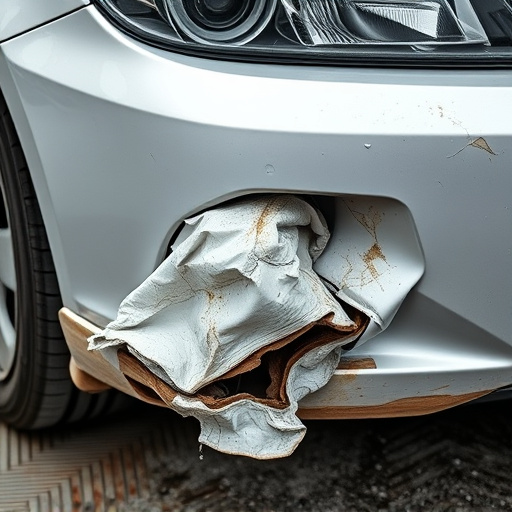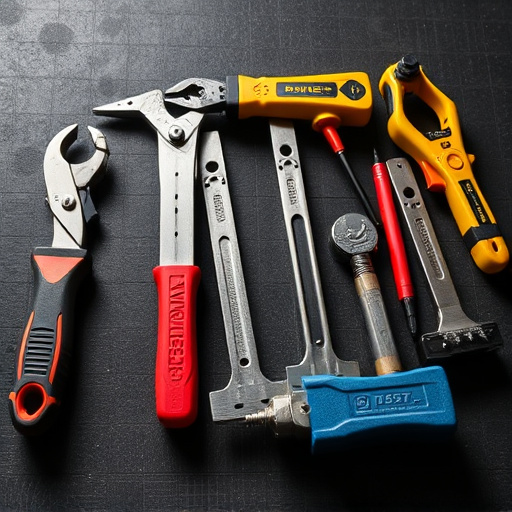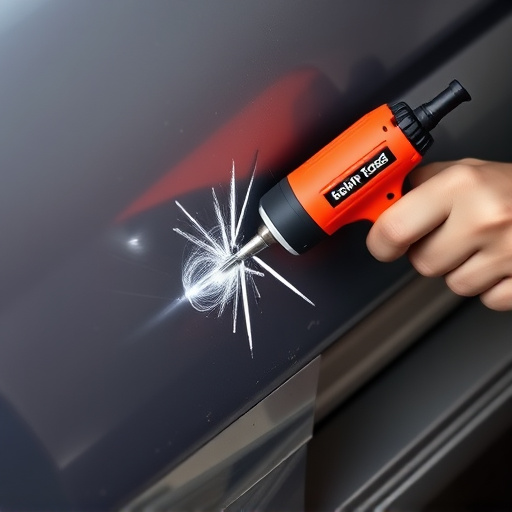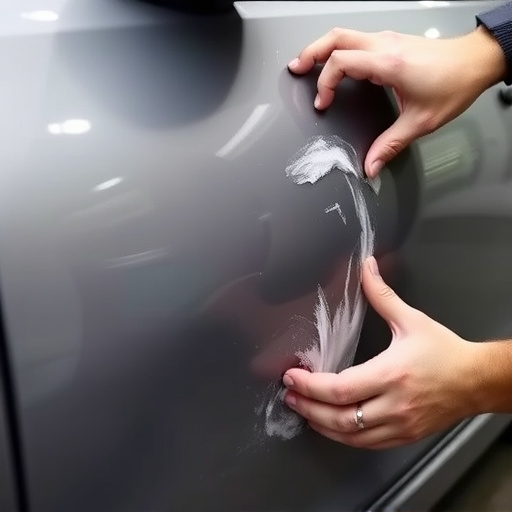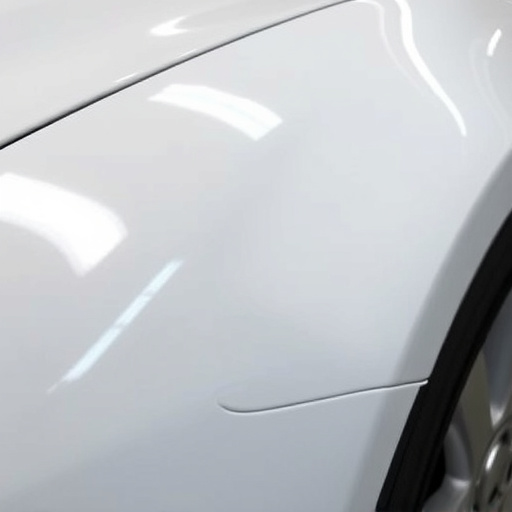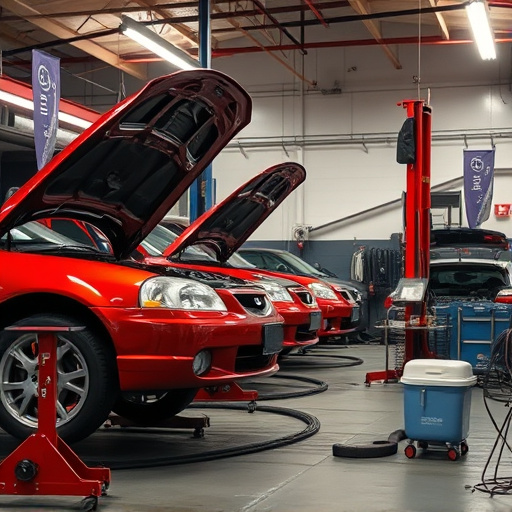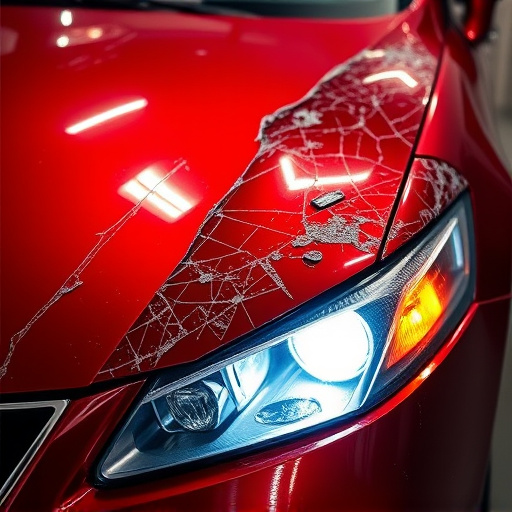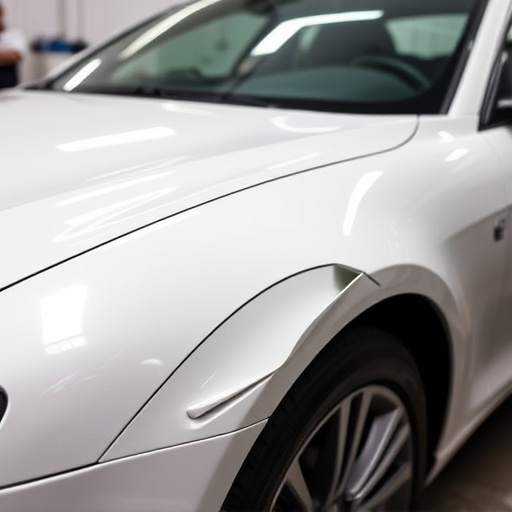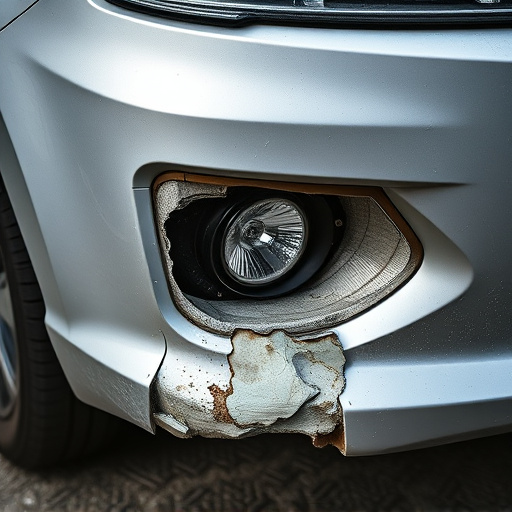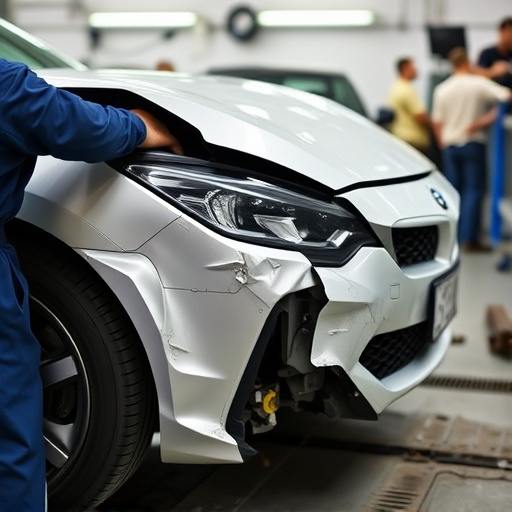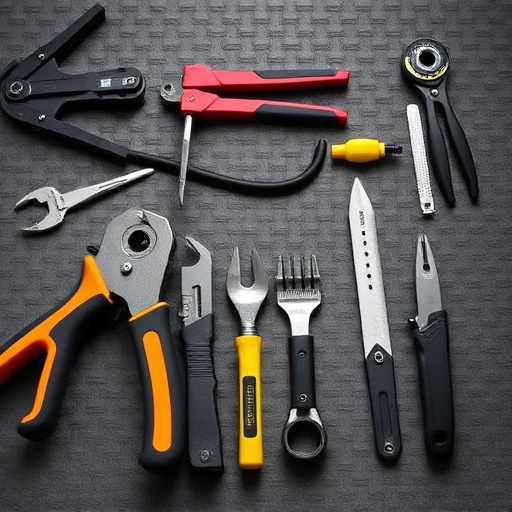Advanced welding equipment is transforming OEM structural restoration by offering precise, innovative techniques to fuse metal components, ensuring minimal heat input and distortion. This technology enhances turnaround times, repairs' quality, and structural integrity in fleet, paintless dent, and collision repair services, maintaining or surpassing original design performance throughout a vehicle's service life.
In the realm of original equipment manufacturer (OEM) production, maintaining structural integrity is paramount. This article explores how advanced welding equipment plays a pivotal role in restoring and enhancing OEM structural strength. We delve into the critical requirements for structural integrity, highlight the transformative power of advanced welding technology, and discuss how specialized equipment ensures restored strength and extended durability for a variety of applications. By embracing these innovations, OEMs can achieve superior quality and performance.
- Understanding OEM Structural Integrity Requirements
- The Role of Advanced Welding Technology
- Restoring Strength and Enhancing Durability through Equipment
Understanding OEM Structural Integrity Requirements
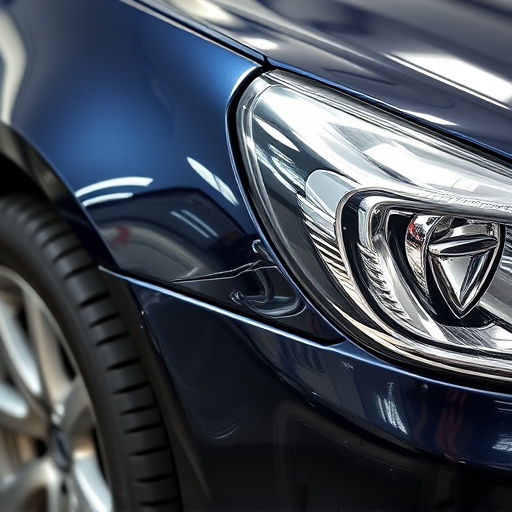
Original Equipment Manufacturer (OEM) structural integrity requirements are stringent, as they ensure vehicle safety and performance. When it comes to repairing or restoring vehicle bodies, especially in a car repair shop or automotive restoration setting, achieving this level of strength and precision is paramount. Traditional welding methods often fall short of these standards, leading to weaknesses in the final product.
Advanced welding equipment, however, plays a pivotal role in restoring OEM structural strength. These cutting-edge tools utilize innovative techniques and precise control to fuse metal components with unparalleled accuracy and strength. By employing specialized equipment designed for vehicle bodywork, automotive restorers can seamlessly integrate repairs or modifications while preserving the original structure’s integrity.
The Role of Advanced Welding Technology

Advanced welding technology plays a pivotal role in restoring the structural integrity of Original Equipment Manufacturer (OEM) components, ensuring that vehicles return to their original strength and safety standards after repair or reconstruction. Today’s advanced welding equipment offers precision and control unmatched by traditional methods, enabling technicians to make intricate welds with minimal heat input and distortion. This is particularly crucial for complex automotive structures where maintaining dimensional accuracy and structural integrity is essential.
The utilization of these technologies in fleet repair services, paintless dent repair, and collision repair processes not only accelerates turnaround times but also enhances the overall quality of repairs. Advanced welding equipment allows for precise manipulation of heat and energy, resulting in stronger bonds that mimic the OEM’s original design. This level of precision is invaluable when dealing with delicate or high-stress areas of a vehicle, ensuring that each component performs optimally and safely throughout its service life.
Restoring Strength and Enhancing Durability through Equipment

Advanced welding equipment plays a pivotal role in restoring OEM structural strength in car body shops and automotive repair facilities. These machines aren’t just tools; they are precision instruments designed to precisely fuse metal components, replicating or even enhancing the original manufacturer’s (OEM) design intent. By employing cutting-edge technologies like laser welding, robotically controlled arc welding, and TIG (Tungsten Inert Gas) welding, technicians can achieve seamless, robust connections that rival or surpass the integrity of the original structure.
This meticulous restoration process not only restores the car body to its initial state but also significantly enhances durability. The advanced equipment ensures consistent heat input, minimizing warping and distorting the metal during the healing process. This precision welding allows for complex geometries to be accurately rebuilt, ensuring structural stability over time. Whether it’s a minor fender bender or major collision repair in an autobody repairs shop, the utilization of advanced welding equipment is crucial in delivering safe, reliable, and structurally sound vehicles.
Advanced welding equipment plays a pivotal role in restoring OEM structural strength, meeting stringent integrity requirements, and enhancing durability. By leveraging cutting-edge technology, manufacturers can achieve precise, robust welds that replicate original equipment quality. This not only ensures the safety and reliability of structures but also opens doors to more intricate designs and improved performance, solidifying the importance of advanced welding equipment in modern manufacturing.

